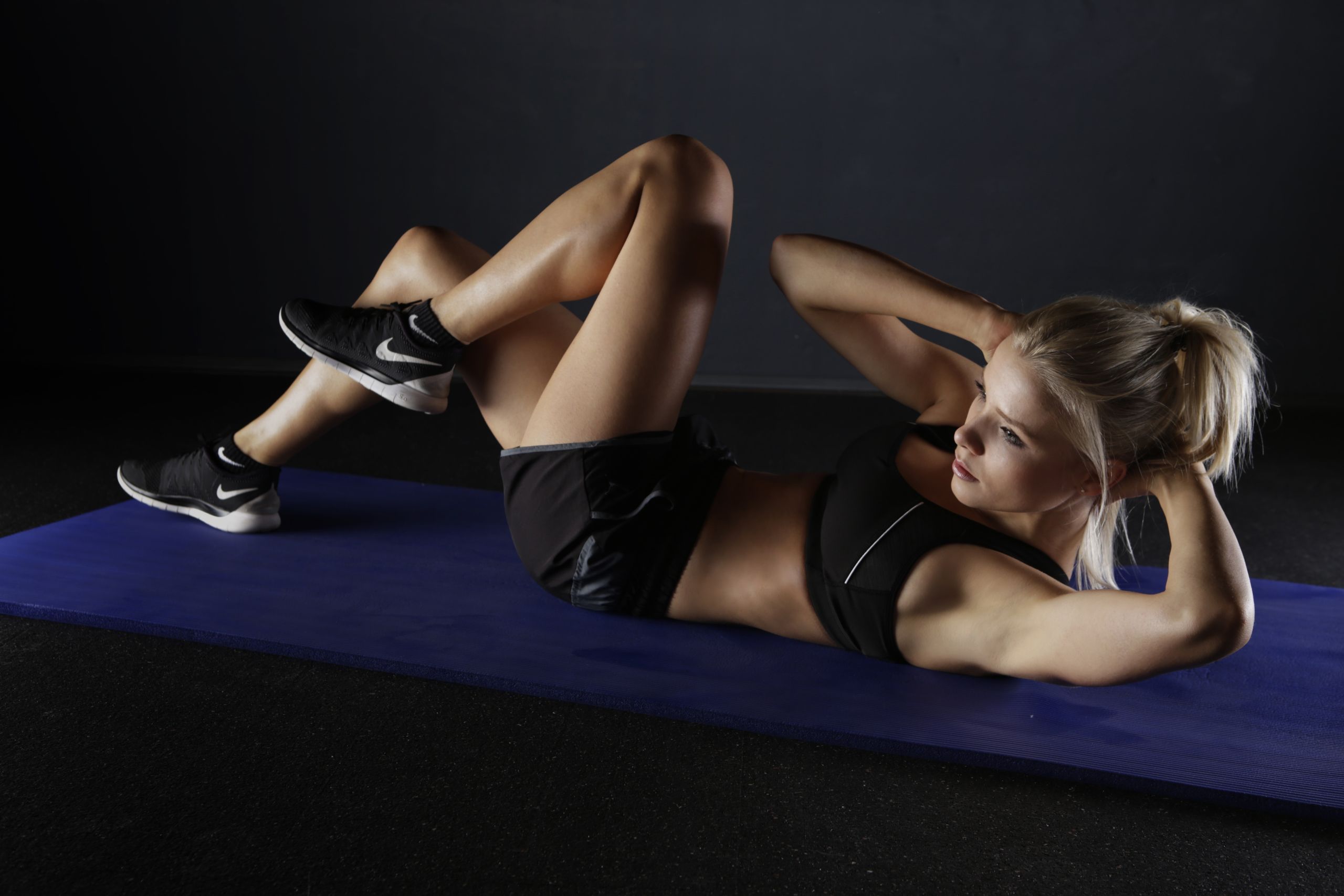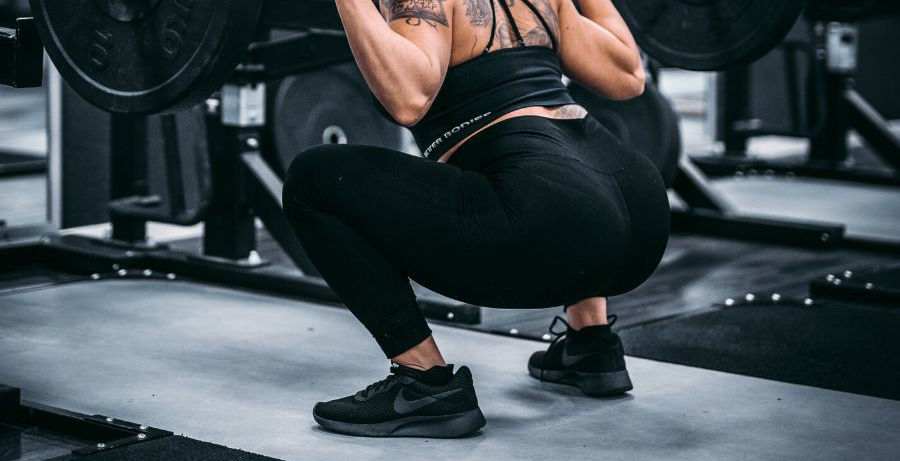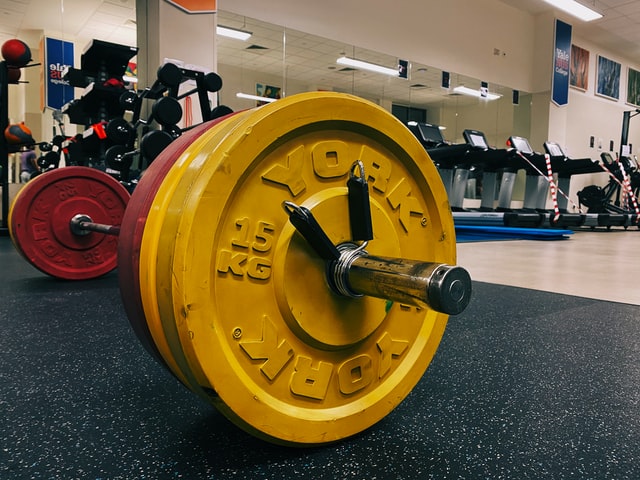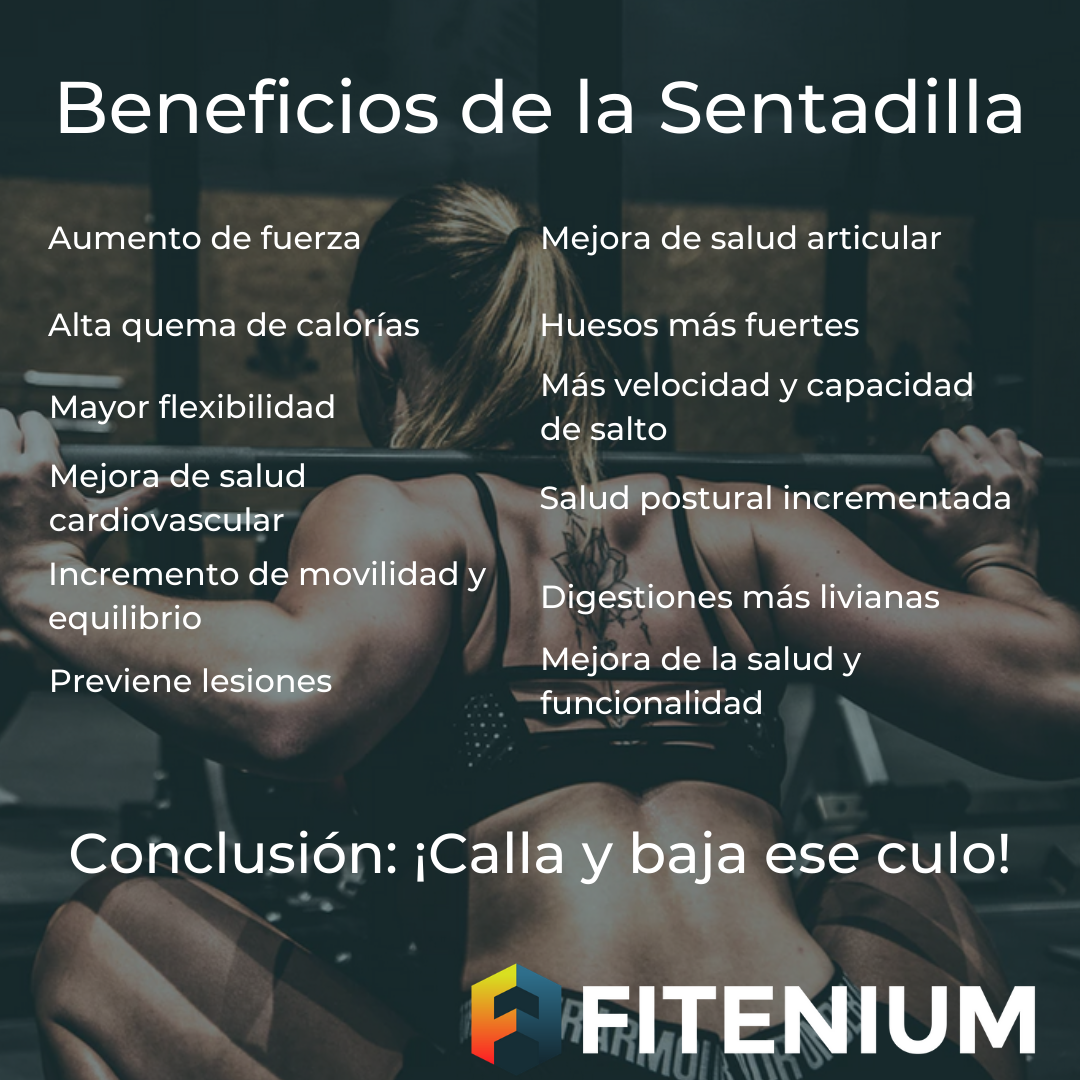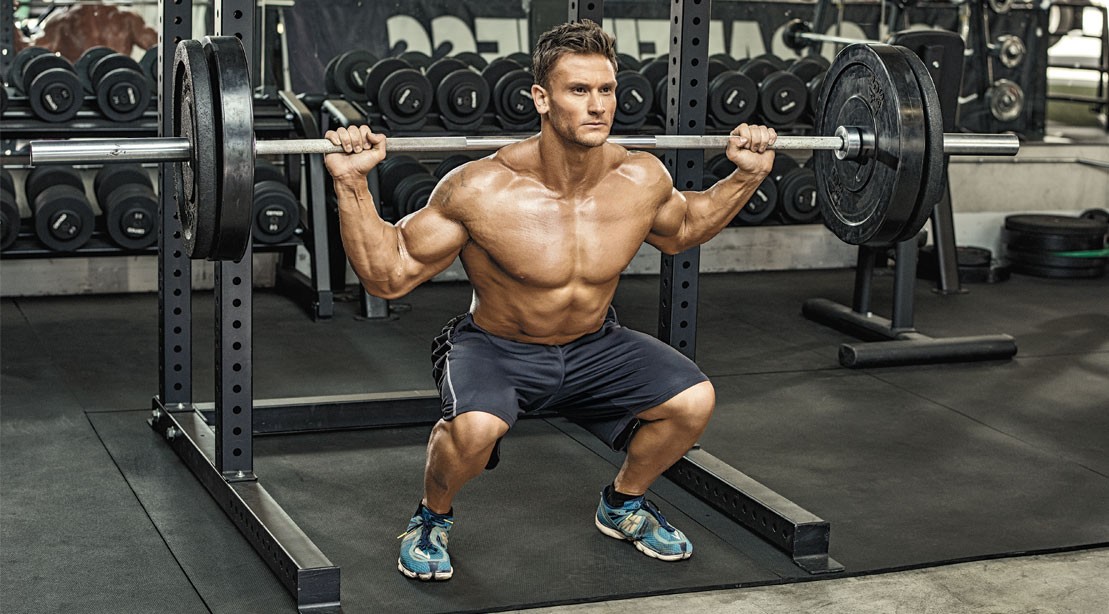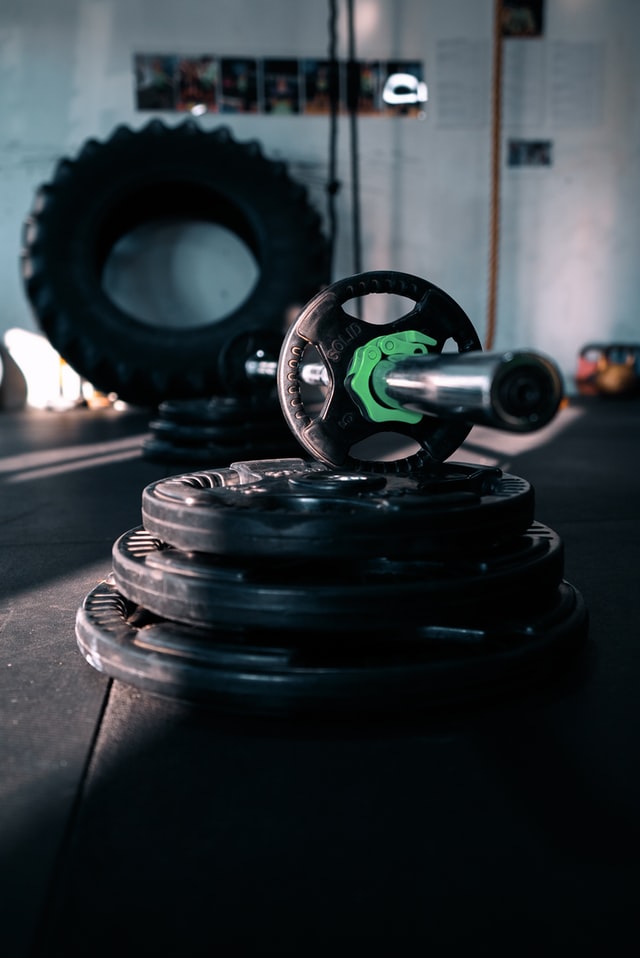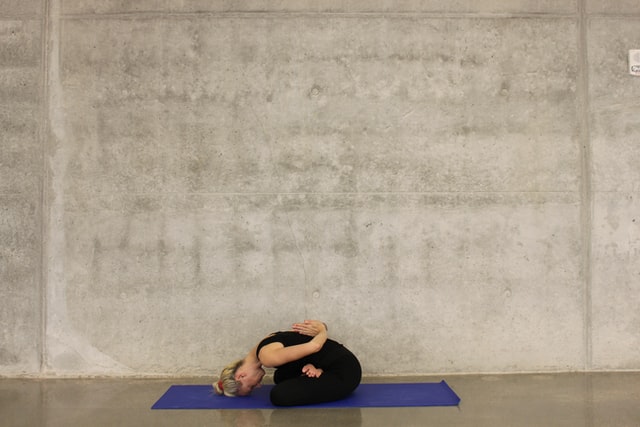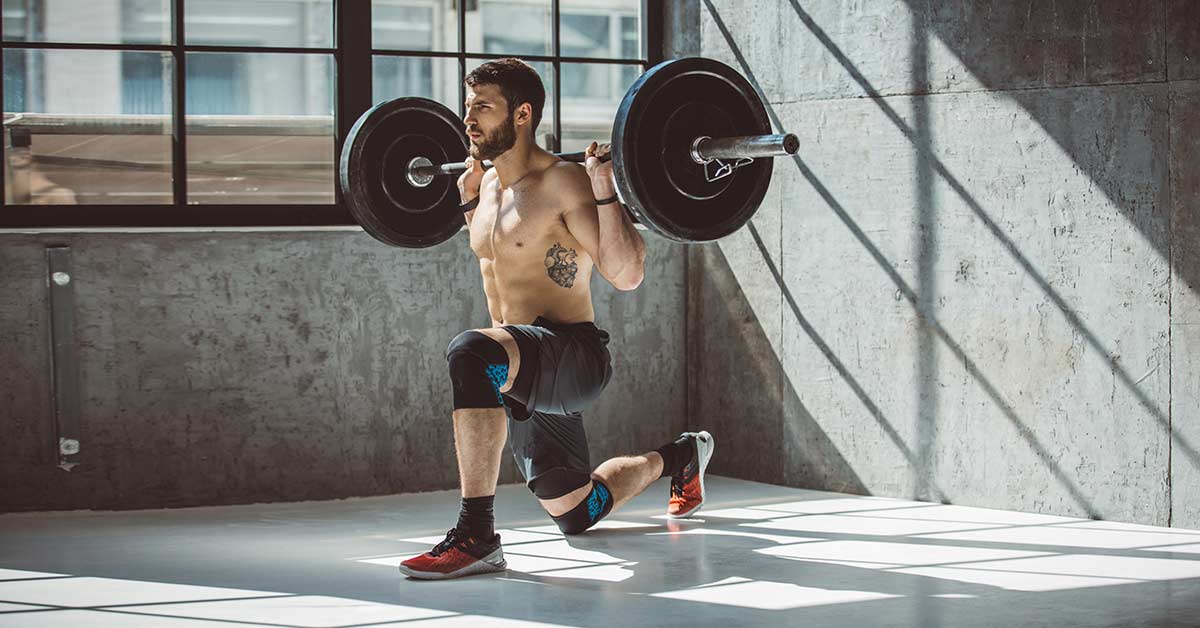30 exercises to strengthen the core after childbirth
During pregnancy
The best way to tackle a problem is through prevention, and if we want to recover the abdominal tone prior to childbirth, the most important thing is to continue strengthening the core during the pregnancy, always with medical control and if it is not a risk pregnancy.
It is a fairly common question whether it is advisable to exercise during pregnancy as long as health allows it and with medical supervision it is always advisable to do light exercise. Also, if you are used to working the core, you can continue doing it with some precautions.
The dreaded diastasis, that is, the separation of the superficial abdominal muscles, is something that happens to a fairly high percentage of pregnant women and can be difficult to repair, so it is important to know how to activate your abdominal muscles through exercises to strengthen the abdominal girdle. .
Our recommendation is to go to pre-mum classes for which many doubts about pregnancy and childbirth are clarified and also gymnastics focused on learn to stretch, breathe and mobilize the body along with a table of exercises to strengthen the lower back and abdominal muscles as a complement to maintain our abdominal tone. We can create this table from our list of 30 exercises to strengthen the core after childbirth since they are equally applicable.
After pregnancy.
Once you’re a happy mom, you don’t have to wait too long to start your postpartum abs. As soon as you feel ready, there is no problem to start training, even 24 hours after finishing and always with medical monitoring.
Our list of postpartum abs exercises is going to be divided into X different types.
Planks: these postpartum exercises are the perfect base to strengthen the abdominal girdle. It is a very common isometric exercise in yoga and pilates, as well as being very popular in postpartum exercise tables for the abdomen, which is the muscular box that covers from the diaphragm of the body, through the rectus abdominis, the obliques and the transversus muscles, to the buttocks and the pelvic floor and hip muscles. The goal is to hold out for as long as possible, starting with 10 second blocks.
- Plank with outstretched arms: it is the most common version of the plank, you must lie on your stomach and lean on your arms outstretched. The body should form a straight line from the shoulders to the feet and the abdominals should be contracted.
- Plank with supported elbows: this exercise after childbirth is a variation of the previous one, in which we bend the arms at an angle of 90 degrees
- Side Plank: This plank is done leaning on one arm at ninety degrees and with the body in a straight line to the feet. This variation apart from working the abdomen, involves the gluteus maximus and vastus lateralis muscle.
- Reverse Plank: Included in this subset of our 30 Postpartum Core Strengthening Exercises, the reverse plank is performed on your back, with your hands under your shoulders and your fingertips facing your heels.
- Plank “Dolphin”: starting in a plank position with the elbows supported, we must advance with our feet to form an inverse V maintaining a line from the shoulders to the hips.
- Lateral plank with flexion: this plank is more advanced and consists of doing a flexion and later we transmit all the weight to one of the two sides forming a lateral plank.
- Plank with squat: from a stretched plank position, by means of a jump we arrive at a squat position and again jumping we return to the plank position. It is an exercise to lose belly after childbirth since it implies a significant caloric expenditure.
- Bend-Knee Plank: We continue to increase the difficulty in our 30 Postpartum Core Strengthening Exercises. In this version, while we maintain our stretched plank position, we bend the knee as far as we can, taking care of the hip and maintaining a single line and we maintain the position for a few seconds.
- Plank with support on a fitness ball: it is a less stable version of the plank with supported elbows, in which we maintain our balance on top of a fitball.
- Plank with feet on a fitness ball: a less stable version of the plank with outstretched arms, in which the feet go on top of a fitball and challenge our balance.
Hypopressive abdominals: these abdominals are not recommended for pregnant women, although they are included in our list of 30 exercises to strengthen the core after childbirth since they are exercises to strengthen the core whose benefits are very important for the postpartum period. Birth. They consist of generating hypopressure in the abdominal cavity. To do this, a series of postures are combined with special breathing (respiratory apnea), to make the diaphragm rise and act causing a contraction of the abdominal and pelvic floor muscles.
- Standing hypopressive abdominals: exercise to lose belly after childbirth, it is executed standing with parallel feet. Bend your knees and place your hands on top of it. Bring your chin closer to the neck area and take a deep breath, opening your ribs and holding your breath for 10 seconds between inhalation and exhalation.
- Hypopressive abdominals on your back: lying on your back, support your heels, leaving the rest of your foot elevated. Bend your arms and place them at belly level looking up. Breathe and hold the apnea for 10 seconds. Feel the work of the core.
- Lead leg hypopressive abdominals: while standing, put one leg forward and lean the trunk slightly forward. Drop your foot weight onto your lead leg and straighten your back. Raise your arms extending the axis of the body and push upwards and in this position maintain apnea for 10 seconds.
- Hypopressive kneeling abdominals: this exercise after childbirth is key to strengthening the abdomen. Get on your knees and lean your body forward. Hands resting on knees with palms down. Rotate your shoulders forward so that you have an ideal position and perform the apnea.
- Double tailor hypopressive abdominals: to achieve this posture, we must center ourselves with our legs crossed and our backs straight. With the arms on the hips, we perform the exhalation apnea technique that we have mentioned, holding the apnea for about ten seconds.
- Supine abdominals: this is the last hypopressive exercise that we found in our list of 30 exercises to strengthen the core after childbirth. Lie on your back with your knees slightly bent. With the arms semi-flexed at shoulder height and the palms facing upwards, we breathe and apnea.
Kegel exercises: invented by Doctor Arnold Kegel in 1940, they are used to improve the tone of the pubococcygeus muscle. They also have their place in our table of postpartum exercises since, apart from improving muscle tone, they prevent problems such as urinary incontinence. It consists of contracting the aforementioned muscles as if we had to urinate and relax it.
- The Slow: Contract the muscle group and hold for 5 seconds. Relax again 5 seconds.
- The quick one: Contract and relax the muscle group as quickly as possible
- The elevator: Contract the group of muscles in times (depending on each person from 3 to 5). Relax the group of muscles in those same times. Completely relax the muscles.
- The Wave: Contract and relax the rings into a wave. First the ring that surrounds the urethra, then the one that surrounds the vagina, and finally the one that surrounds the anus.
Abdominals after caesarean section: when a caesarean section is performed, it must not be forgotten that it is a surgical intervention in which the muscles are affected, which requires a longer recovery time. For this reason we have decided to add a section to our list of 30 exercises to strengthen the core after childbirth.
- Bicycle: lying on your back and your hands behind your neck, lift your shoulder blades without pulling the cello. Straighten one leg at a 45º angle while bending your torso to that side and then do the same movement to the opposite side.
- Bridge: this abdominal exercise after caesarean section consists of lying on your back with your legs apart and your knees at a 45 angle. With your abdomen contracted, raise your hips until they are in line with your upper body and after holding the position for a few seconds, return to the starting position.
- The “shell” or clamshell: lie on your side with your knees at a 45 angle, rest your hand on the bottom hand. Keeping your abs tight, lift your top knee up keeping your feet in contact.
- Lateral Knee Abduction: Lie on your side with your legs straight. With the abdomen tight, raise the upper leg as high as possible, ideally to a 90º angle and slowly return to the origin.
Other exercises: to have a strong core we must also work it indirectly and not forget cardiovascular work in order to reduce the percentage of fat and thus work with less “extra baggage”. Many of these exercises at the bottom of our list of 30 Postpartum Core Strengthening Exercises are with weights, so keep in mind that for these postpartum crunches, we do have to wait a reasonable amount of time.
- Abdominal Wheel: once enough time has passed after childbirth, it may be that we are ready for these abdominals after childbirth, which are the ones that work the rectus abdominis the most according to the latest studies.
- Knee Raise: Hanging from a bar, raise your knees with your legs bent at a 90º angle. It places special emphasis on the lower abdomen.
- Lumberjack: this complete exercise is perfect for strengthening the core after a caesarean section and requires a pulley to be executed. After standing in profile next to the pulley at half height, we grab the pulley with the farthest hand and, with arms stretched out, rotate the trunk (not the arms), exerting force with the obliques and the rectus abdominis .
- Squat: This multi-joint lower body exercise works the abdomen indirectly to maintain balance while we execute it.
- Deadlift: similar to the squat, when performing this exercise after childbirth it will strengthen your lower back and your lower body. It is very important to deadlift with perfect technique to limit the risk of injury.
- Cardiovascular exercise: It is important to be heart healthy as well as to have a strong abdomen. In this way, we recommend doing the cardio that you like the most, such as running, walking, swimming… combined with exercises to strengthen the core.
conclusions
Ejercicio cardiovascular: es importante estar cardiosaludable tanto como tener un abdomen fuerte. If we use our list of 30 exercises to strengthen the core after childbirth, follow a hypocaloric diet with a caloric deficit, and do some cardio consistently, we will be able to improve our figure and, most importantly, our health.


